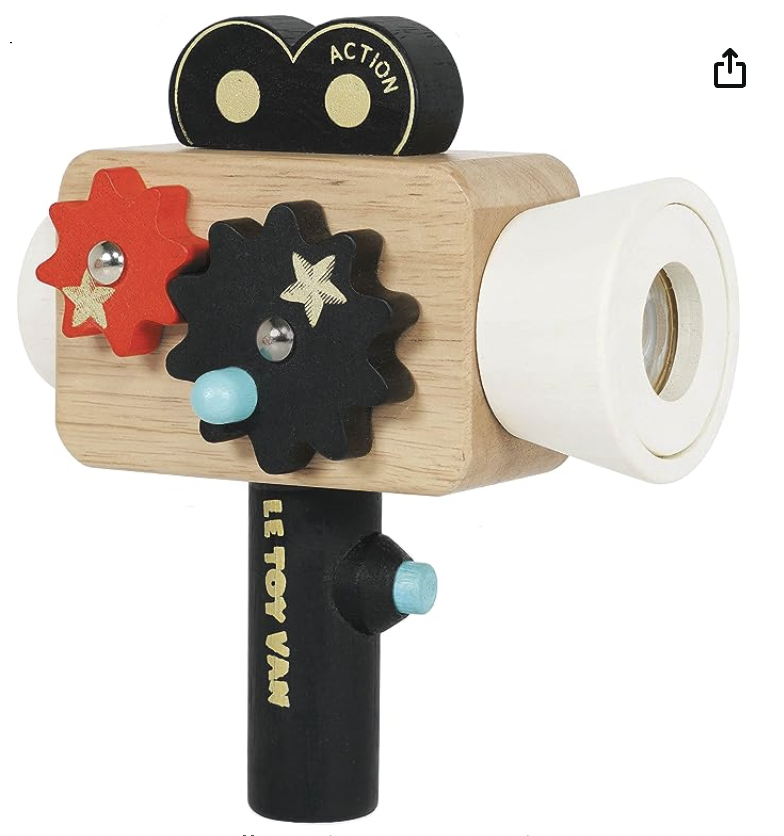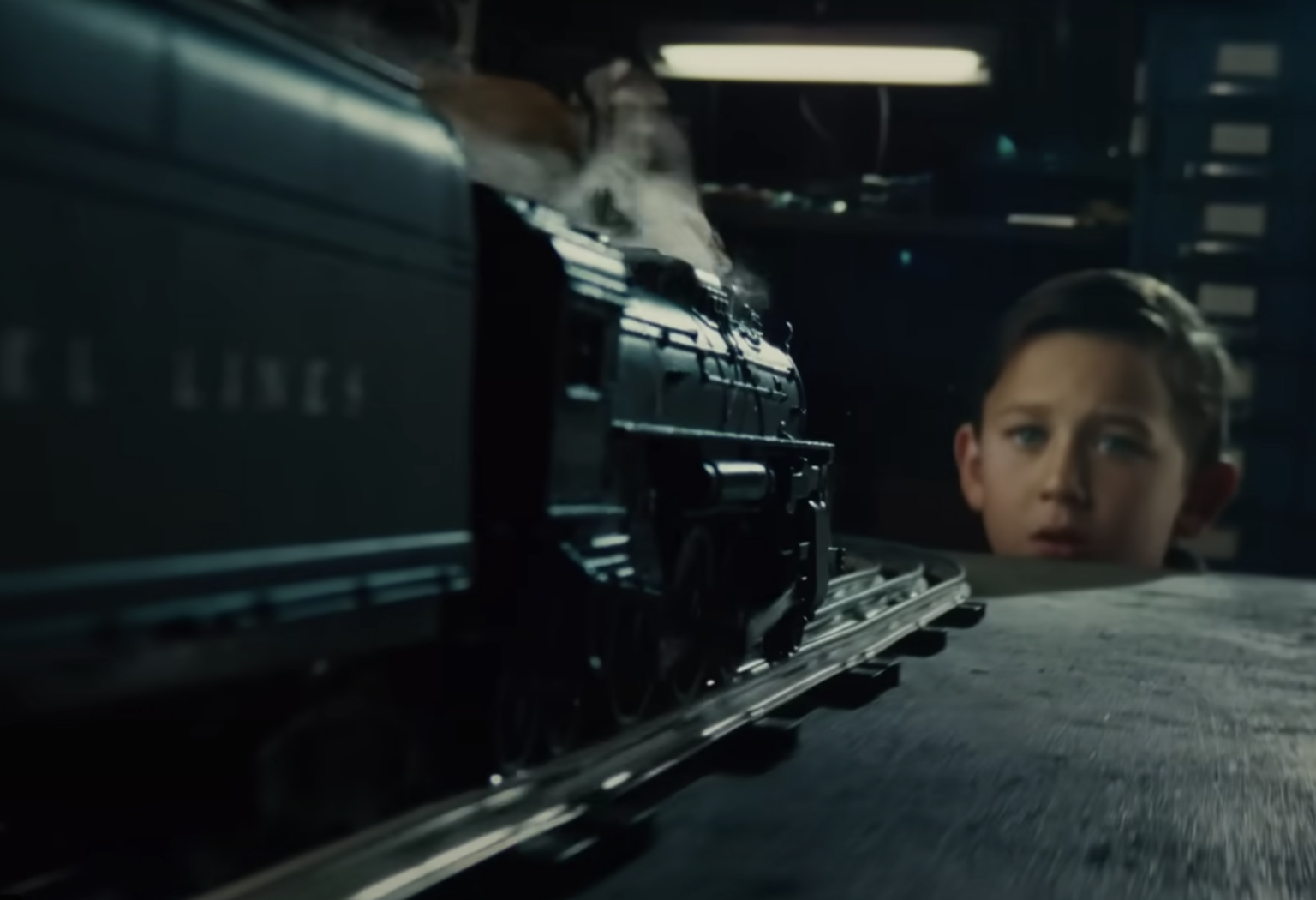“Cinema’s Playful Objects: On Toys and the Movies,”
in The Routledge Companion to American Film History, edited By Pamela Robertson Wojcik, Paula J. Massood (2025)
This chapter demonstrates how toys and the culture of childhood are deeply entwined with American film history from technological, industrial, economic, and creative perspectives. Through a series of case studies, from non-working toy cameras to Steven Spielberg’s toy trains, the chapter argues that critically centering toys expands possibilities for film history research. Understanding toys as central rather than peripheral to cinematic cultures reveals new industrial histories and archival sites and prompts interrogations about longstanding assumptions surrounding children’s play with toys such as licensed merchandise and action figures. Consideration of how toys have included children in media cultures and inspired filmmakers of all ages, the chapter gestures to a range of new research directions that toys and playful objects might inspire, such as inviting a more robust theorization of play that drives both children’s and adults’ conceptions of cinematic production. In its consideration of playthings, it foregrounds the significance of material culture approaches to film history research, advancing a case for the unique affective and material qualities of the toy. Finally, it argues that the range of agencies that playful objects facilitate may offer a powerful corrective to the ‘effects’ paradigm that has long dominated children’s media culture.

